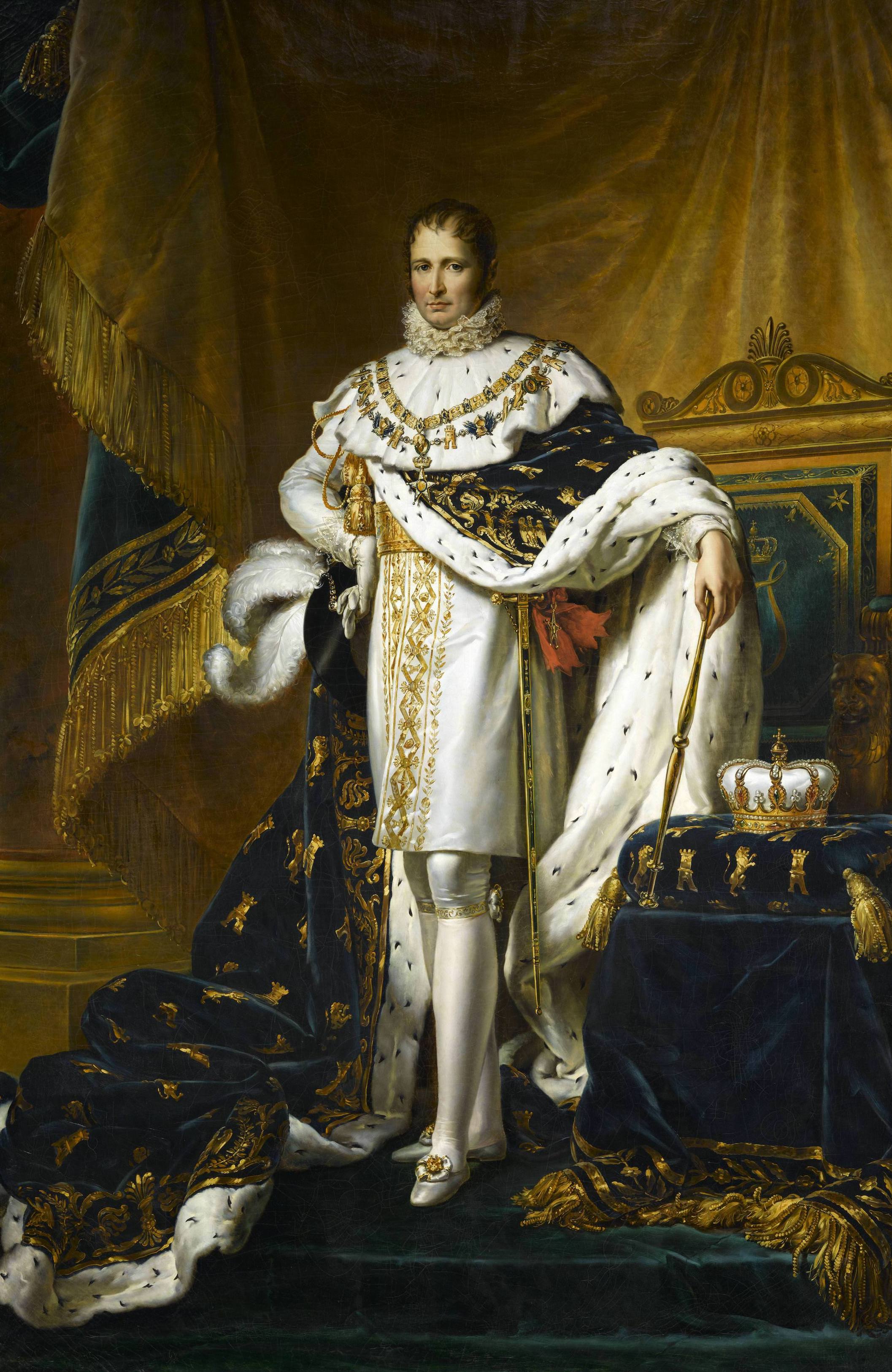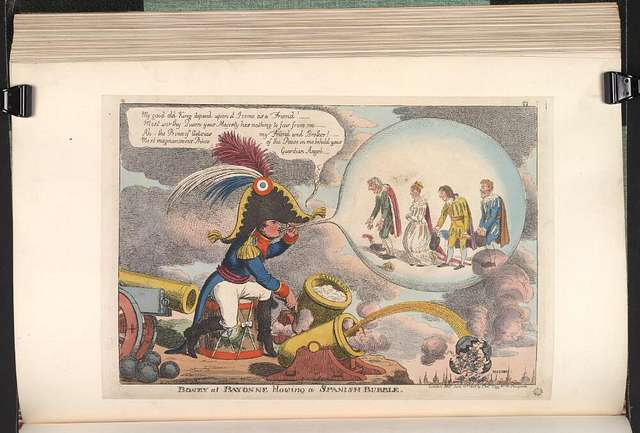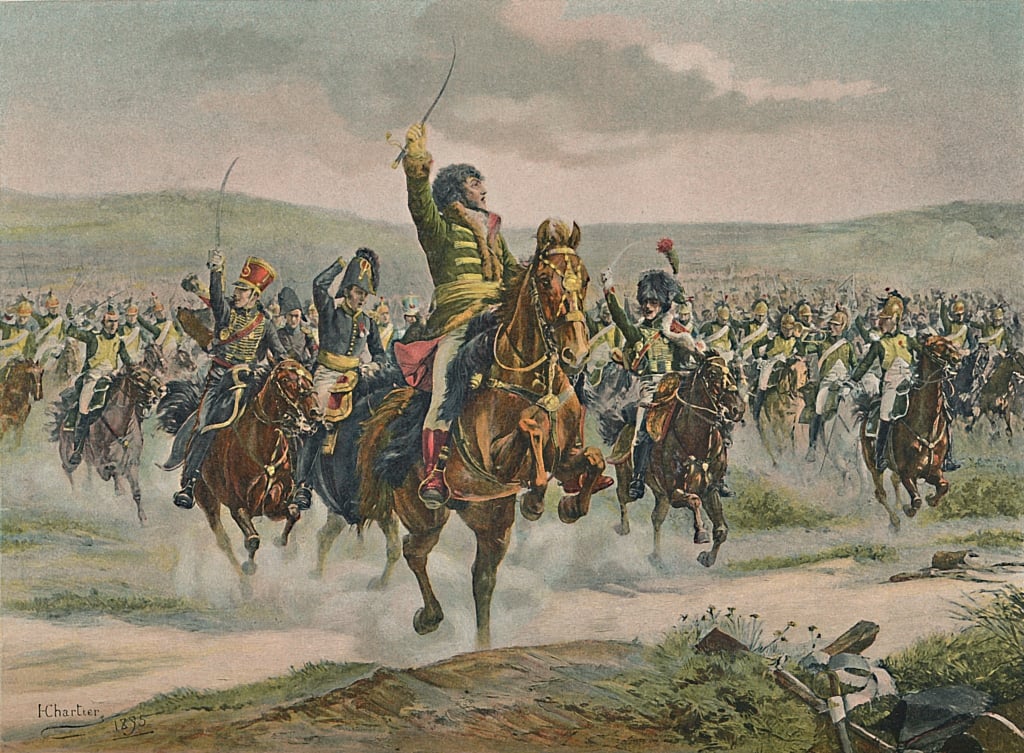|
Bayonne Constitution
The Bayonne Statute ( es, Estatuto de Bayona),Ignacio Fernández Sarasola Biblioteca Virtual Miguel de Cervantes. Retrieved 2010-03-12. also called the Bayonne Constitution () or the Bayonne Charter (), was a constitution or a royal charter () approved in Bayonne, France, 6 July 1808, by Joseph Bonaparte as the intended basis for his rule as king of Spain. The constitution was Bonapartist in overall conception, with some specific concessions made in an attempt to accommodate Spanish culture. Few of its provisions were ever put into effect: Joseph Bonaparte's reign as Joseph I of Spain was a period of continuous conventional and guerrilla warAlfonso Bullon de Mendoza and Gomez de Valugera, "Revolución y contrarrevolución en España y América (1808–1840)" in Javier Parades Alonso (ed.), ''España Siglo XIX'', ACTAS, 1991. , p. 71–73. (''See Peninsular War''). Background In 1808, after a period of shaky alliance between the Spanish '' Antiguo Régimen'' and the Napoleoni ... [...More Info...] [...Related Items...] OR: [Wikipedia] [Google] [Baidu] |
Abdications Of Bayonne
The Abdications of Bayonne took place on 7 May 1808 in the castle of Marracq in Bayonne when the French emperor Napoleon I forced two Spanish kings— Charles IV and his son, Ferdinand VII—to renounce the throne in his favour. The move was Napoleon's response to the Tumult of Aranjuez (17–19 March), when Ferdinand VII forced his father's first abdication, and the uprising of 2 May against French troops in Spain (present in accordance with the Treaty of Fontainebleau). Napoleon in his turn handed the crown of Spain to his brother Joseph Bonaparte. The result of the abdications was further resistance to the French presence, resulting in the Peninsular War (1808–1814), a contributing factor to Napoleon's final defeat. Napoleon was eventually forced to release Ferdinand. On 11 December 1813, he reinstalled him as King of Spain (Treaty of Valençay The Treaty of Valençay (11 December 1813), after the château of the same name belonging to former French foreign minister Char ... [...More Info...] [...Related Items...] OR: [Wikipedia] [Google] [Baidu] |
Minister (government)
A minister is a politician who heads a ministry, making and implementing decisions on policies in conjunction with the other ministers. In some jurisdictions the head of government is also a minister and is designated the ‘prime minister’, ‘premier’, ‘chief minister’, ‘chancellor’ or other title. In Commonwealth realm jurisdictions which use the Westminster system of government, ministers are usually required to be members of one of the houses of Parliament or legislature, and are usually from the political party that controls a majority in the lower house of the legislature. In other jurisdictions—such as Belgium, Mexico, Netherlands, Philippines, Slovenia, and Nigeria—the holder of a cabinet-level post or other government official is not permitted to be a member of the legislature. Depending on the administrative arrangements in each jurisdiction, ministers are usually heads of a government department and members of the government's ministry, cabinet and p ... [...More Info...] [...Related Items...] OR: [Wikipedia] [Google] [Baidu] |
Tricameralism
Tricameralism is the practice of having three legislative or parliamentary chambers. It is contrasted with unicameralism and bicameralism, each of which is far more common. Varieties of tricameralism A disputed type of tricameralism is one where there are two legislative bodies, elected or appointed separately, and a third consisting of all members of the two, meeting together. In cases where this is considered tricameralism, such as the Manx Tynwald and the Icelandic Althing (from 1874 to 1991), there is generally an explicit, routine role for the unified house, which distinguishes it from bicameral systems where a joint sitting of the two bodies is used to resolve deadlocks or for special sessions, which is true in several parliaments including Australia, Switzerland and India. Arguments over whether tricameralism should be construed to include this or not are primarily semantic. Less ambiguous examples in which three bodies each are chosen separately and meet and debate sep ... [...More Info...] [...Related Items...] OR: [Wikipedia] [Google] [Baidu] |
Constitución 1808 Josef Napoleón 02
Constitución is Spanish for "constitution" and may refer to: Geography Argentina *Constitución, Buenos Aires, a neighborhood in central Buenos Aires, where the Estación Constitución railway station is located *Constitución Department, Santa Fe, an administrative subdivision of Santa Fe Province *Constitución railway station, a railway station and subway station in Buenos Aires **Constitución (Line C Buenos Aires Underground) **Constitución (Line E Buenos Aires Underground) *Villa Constitución, a city in Santa Fe Province and head town of the Constitución Department Chile *Constitución, Chile Mexico *Ciudad Constitución Ciudad Constitución is a city in the Mexican state of Baja California Sur. It is the seat of Comondú Municipality. As of 2019, the city had a total population of 45,888 inhabitants. Ciudad Constitución is a small city which serves as a gateway ..., in Baja California Sur Peru * Ciudad Constitución, Peru Ships * Chilean battleship ''Constitució ... [...More Info...] [...Related Items...] OR: [Wikipedia] [Google] [Baidu] |
Constitución 1808 Josef Napoleón 01
Constitución is Spanish for "constitution" and may refer to: Geography Argentina *Constitución, Buenos Aires, a neighborhood in central Buenos Aires, where the Estación Constitución railway station is located *Constitución Department, Santa Fe, an administrative subdivision of Santa Fe Province *Constitución railway station, a railway station and subway station in Buenos Aires **Constitución (Line C Buenos Aires Underground) **Constitución (Line E Buenos Aires Underground) *Villa Constitución, a city in Santa Fe Province and head town of the Constitución Department Chile *Constitución, Chile Mexico *Ciudad Constitución Ciudad Constitución is a city in the Mexican state of Baja California Sur. It is the seat of Comondú Municipality. As of 2019, the city had a total population of 45,888 inhabitants. Ciudad Constitución is a small city which serves as a gateway ..., in Baja California Sur Peru * Ciudad Constitución, Peru Ships * Chilean battleship ''Constitució ... [...More Info...] [...Related Items...] OR: [Wikipedia] [Google] [Baidu] |
Madrid
Madrid ( , ) is the capital and most populous city of Spain. The city has almost 3.4 million inhabitants and a metropolitan area population of approximately 6.7 million. It is the second-largest city in the European Union (EU), and its monocentric metropolitan area is the third-largest in the EU.United Nations Department of Economic and Social AffairWorld Urbanization Prospects (2007 revision), (United Nations, 2008), Table A.12. Data for 2007. The municipality covers geographical area. Madrid lies on the River Manzanares in the central part of the Iberian Peninsula. Capital city of both Spain (almost without interruption since 1561) and the surrounding autonomous community of Madrid (since 1983), it is also the political, economic and cultural centre of the country. The city is situated on an elevated plain about from the closest seaside location. The climate of Madrid features hot summers and cool winters. The Madrid urban agglomeration has the second-large ... [...More Info...] [...Related Items...] OR: [Wikipedia] [Google] [Baidu] |
Dos De Mayo Uprising
On the 2 and 3 May 1808 the Dos de Mayo or Second of May Uprising of 1808 took place in Madrid, Spain. It was a rebellion by civilians alongside some military against the occupation of the city by French troops, provoking a heavy-hand repression by the French Imperial forces. Background The city had been under the occupation of Napoleon's army since 23 March of the same year. King Charles IV had been forced by the Spanish people during the Tumult of Aranjuez to abdicate in favor of his son Ferdinand VII, and at the time of the uprising both were in the French city of Bayonne at the insistence of Napoleon. An attempt by the French general Joachim Murat to move the daughter and her children along with the youngest son of Charles IV to Bayonne sparked a rebellion. Social aspects The ''Dos de Mayo'' was among the few spontaneous popular uprisings of the war, launched without significant fore-planning, funding, or leadership by government elites. While element ... [...More Info...] [...Related Items...] OR: [Wikipedia] [Google] [Baidu] |
Cortes Generales
The Cortes Generales (; en, Spanish Parliament, lit=General Courts) are the bicameral legislative chambers of Spain, consisting of the Congress of Deputies (the lower house), and the Senate (the upper house). The Congress of Deputies meets in the Palacio de las Cortes. The Senate meets in the Palacio del Senado. Both are in Madrid. The Cortes are elected through universal, free, equal, direct and secret suffrage, with the exception of some senatorial seats, which are elected indirectly by the legislatures of the autonomous communities. The Cortes Generales are composed of 615 members: 350 Deputies and 265 Senators. The members of the Cortes Generales serve four-year terms, and they are representatives of the Spanish people. In both chambers, the seats are divided by constituencies that correspond with the fifty provinces of Spain, plus Ceuta and Melilla. However, the Canary and Balearic islands form different constituencies in the Senate. As a parliamentary system, the C ... [...More Info...] [...Related Items...] OR: [Wikipedia] [Google] [Baidu] |
Joachim Murat
Joachim Murat ( , also , ; it, Gioacchino Murati; 25 March 1767 – 13 October 1815) was a French military commander and statesman who served during the French Revolutionary Wars and Napoleonic Wars. Under the French Empire he received the military titles of Marshal of the Empire and Admiral of France. He was the 1st Prince Murat, Grand Duke of Berg from 1806 to 1808 and King of Naples as Joachim-Napoleon ( it, Gioacchino Napoleone, links=no) from 1808 to 1815. He was the brother-in-law of Napoleon Bonaparte. Early life Murat was born on 25 March 1767 in La Bastide-Fortunière (later renamed Labastide-Murat after him), in Guyenne (the present-day French department of Lot). His father was Pierre Murat-Jordy (d. 27 July 1799), an affluent yeoman, innkeeper, postmaster and Roman Catholic churchwarden. His mother was Jeanne Loubières (1722 – 11 March 1806), the daughter of Pierre Loubières and his wife Jeanne Viellescazes. Murat's father, Pierre Murat-Jordy, was the s ... [...More Info...] [...Related Items...] OR: [Wikipedia] [Google] [Baidu] |
Château De Valençay
Château de Valençay is a château in the commune of Valençay, in the Indre department of France. It was a residence of the d'Estampes and Talleyrand-Périgord families. Although it is part of the province of Berry, its architecture invites comparison with the Renaissance châteaux of the Loire Valley, notably the Château de Chambord. The manor was praised as "one of the most beautiful on earth" by George Sand, who also noted that "no king has owned a more picturesque park". History Château de Valençay is located at the edge of a plateau overlooking the Nahon River. In ancient times, the site of the château was home to a Gallo-Roman villa called ''Valencia us'', the domain of Valans. By the 10th or 11th century, a "heavy and massive tower" had been built, and between 1026 and 1047 a donation charter deeded Valençay to its first recorded lord, Bertrand. In 1220, the then lord of Valençay, Gauthier, was reported to have built a feudal castle or house on the site, but it ... [...More Info...] [...Related Items...] OR: [Wikipedia] [Google] [Baidu] |
Infante Antonio Pascual Of Spain
Infante Antonio Pascual Francisco Javier Juan Nepomuceno Aniello Raimundo Silvestre of Spain (31 December 1755 – 20 April 1817) was a son of King Charles III of Spain and younger brother of King Charles IV of Spain and King Ferdinand I of the Two Sicilies. Biography Born in Acquaviva Palace in Caserta, where the royal family lived before the Royal Palace of Caserta was built, he was the fifth son of Charles III of Spain and Maria Amalia of Saxony. A humanist devoted to arts, he bore a striking resemblance to his elder brother Charles IV. At the death of his uncle Ferdinand VI of Spain, who he never met, his parents, brothers Charles and Gabriel, and sisters Maria Luisa and Maria Josefa departed for Spain where his father ruled as Charles III. Aged 39, he married on August 25, 1795, María Amalia of Spain, 16-year-old daughter of his brother Charles IV in a double wedding where Maria Amalia's younger sister, Maria Luisa married Louis, Duke of Parma. She died 3 years late ... [...More Info...] [...Related Items...] OR: [Wikipedia] [Google] [Baidu] |







